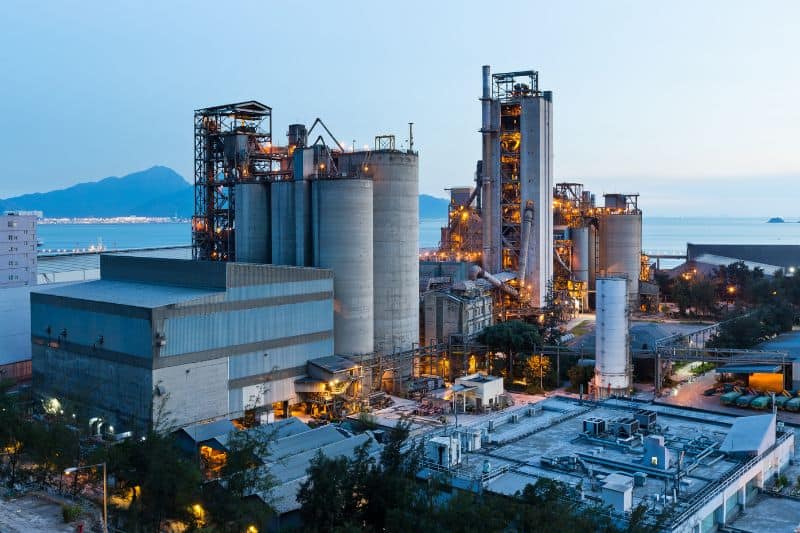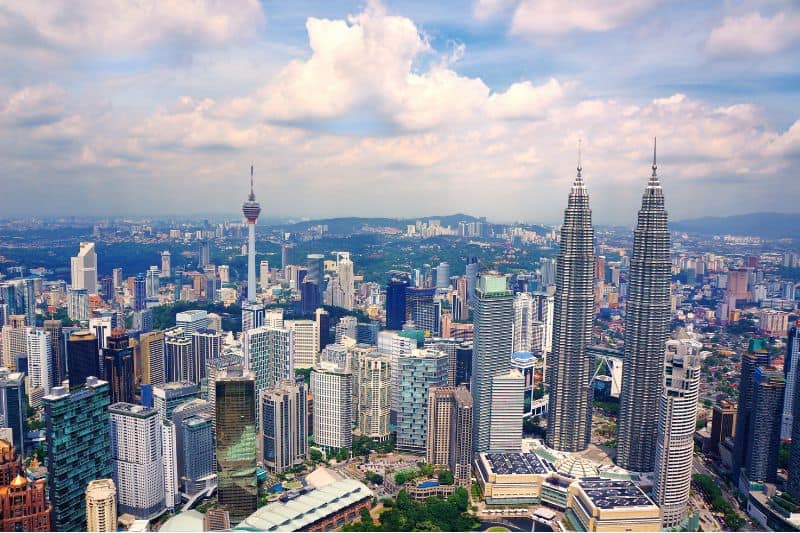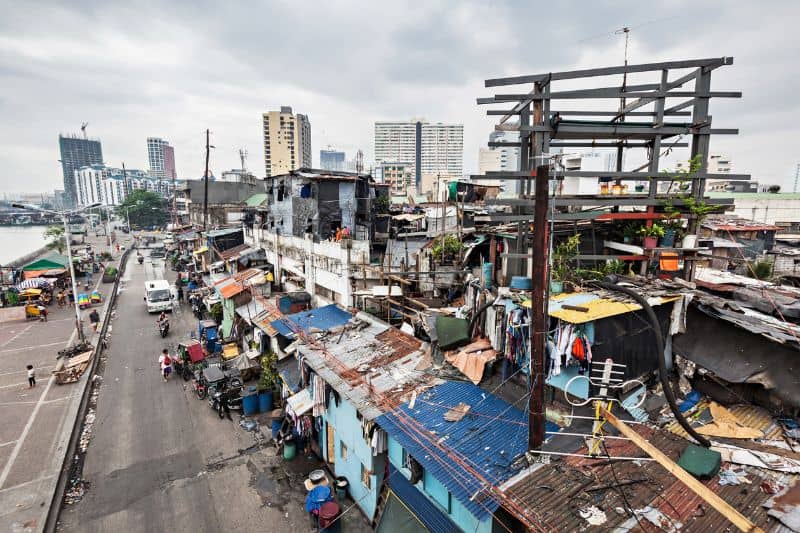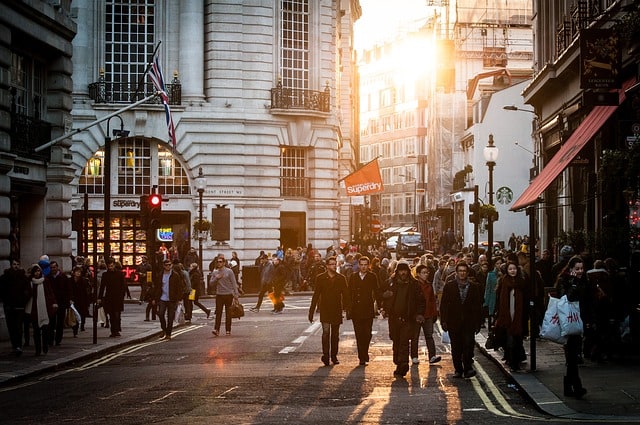Urbanization is a process whereby populations move from rural to urban areas, enabling cities and towns to grow. It can also be termed as a progressive increase in the number of people living in towns and cities. It is highly influenced by the notion that cities and towns have achieved better economic, political, and social mileages compared to rural areas.
Accordingly, urbanization is very common in developing and developed worlds as more and more people have the tendency to move closer to towns and cities to acquire “privileged” social and economic services as well as benefits. These include social and economic advantages such as better education, health care, sanitation, housing, business opportunities, and transportation.
According to Wikipedia,
“Urbanization (or urbanisation) refers to the population shift from rural to urban areas, the decrease in the proportion of people living in rural areas, and the ways in which societies adapt to this change. It is predominantly the process by which towns and cities are formed and become larger as more people begin living and working in central areas.“
The majority of people move to cities and towns because they view rural areas as places with hardship and backward/primitive lifestyles. Therefore, as populations move to more developed areas (towns and cities), the immediate outcome is urbanization.
This normally contributes to land development for use in commercial properties, social and economic support institutions, transportation, and residential buildings. Eventually, these activities raise several urbanization issues.
To learn more about urbanization, here are its causes, effects, and solutions.
Various Causes of Urbanization
There are several causes of urbanization. Some of the most common include:
1. Industrialization
Industrialization is the shift from the old agricultural economics to a novel non-agricultural economy, which creates a modernized society. Through the industrial revolution, more people have been attracted to move from rural to urban areas due to improved employment opportunities.

The industrialization has increased employment opportunities by giving people the opportunity to work in modern sectors in job categories that aid in stirring economic developments.
2. Commercialization
Commerce and trade play a major role in urbanization. The distribution of goods and services and commercial transactions in the modern era has developed modern marketing institutions and exchange methods. This has tremendously given rise to the growth of towns and cities.
Commercialization and trade come with the general perception that the towns and cities offer better commercial opportunities and returns compared to the rural areas.
3. Social Benefits and Services
There are numerous social benefits attributed to life in cities and towns. Examples include better educational facilities, better living standards, better sanitation and housing, better health care, better recreation facilities, and better social life in general.
On this account, more and more people are prompted to migrate into cities and towns to obtain various social benefits and services unavailable in rural areas.
4. Employment Opportunities
In cities and towns, ample job opportunities continually draw people from rural areas to seek a better livelihood.
Therefore, most people frequently migrate to urban areas to access well-paying jobs, as urban areas have countless employment opportunities in all developmental sectors, like public health, education, transport, sports and recreation, industries, and business enterprises.
Services and industries generate and increase higher value-added jobs, leading to more employment opportunities.
5. Modernization and Changes in the Mode of Living
Modernization plays a very important role in the process of urbanization. As urban areas become more technology-savvy, together with highly sophisticated communication, infrastructure, medical facilities, dress code, enlightenment, liberalization, and other social amenities available, people believe they can lead a happy life in cities.
In urban areas, people also embrace changes in the modes of living, namely residential habits, attitudes, dressing, food, and beliefs. As a result, people migrate to cities, and the cities grow by absorbing the increasing number of people day after day.
6. Rural-urban Transformation
As localities become more fruitful and prosperous due to the discovery of minerals, resource exploitation, or agricultural activities, cities emerge as the rural areas transform into urbanism. The increase in productivity leads to economic growth and higher value-added employment opportunities.
This brings about the need to develop better infrastructure, learning institutions, health facilities, transportation networks, and the establishment of banking institutions, better governance, and housing.
As this occurs, rural communities start to adopt the urban culture and ultimately become urban centers that continue to grow as more people move to such locations in search of a better life.
Effects of Urbanization on Our Cities
Urbanization has both positive and negative effects on our cities. Let’s explore some of these impacts;
1. Positive Effects of Urbanization
Urbanization yields several positive effects if it happens within the appropriate limits.

Some of the positive implications of urbanization include:
- The creation of employment opportunities
- Technological and infrastructural advancements
- Improved transportation and communication
- Quality educational and medical facilities
- Improved standards of living.
However, extensive urbanization mostly results in adverse effects. Below listed points are a few of them.
2. Housing Problems
Urbanization attracts people to cities and towns, leading to a high population increase. With the increase in the number of people living in urban centers, there is a continued scarcity of houses.
This is due to insufficient expansion space for housing and public utilities, poverty, unemployment, and costly building materials that only a few individuals can afford.
3. Overcrowding
Overcrowding is a situation whereby a huge number of people live in a small space. This form of congestion in urban areas is consistent because of overpopulation, an aspect that increases daily as more people and immigrants move into cities and towns for better livelihood.
Most people from rural or undeveloped areas always have the urge to migrate into the city, normally leading to congestion of people within a small area.
4. Unemployment
The problem of joblessness is highest in urban areas and affects even the educated people. The youths are the most affected demographic group, and it’s estimated that they are three times more likely to be unemployed than adults.
And, as much as income in urban areas is high, the costs of living make the incomes seem horribly low. The increasing relocation of people from rural or developing areas to urban areas is the leading cause of urban unemployment.
5. Development of Slums
The cost of living in urban areas is very high. When this is combined with random and unexpected growth and unemployment, there is the spread of unlawful resident settlements represented by slums and squatters.

The growth of slums and squatters in urban areas is even further exacerbated by fast-paced industrialization, lack of developed land for housing, a large influx of rural immigrants to the cities, and the elevated prices of land beyond the reach of the urban poor.
6. Water and Sanitation Problems
Because of overpopulation and rapid population increase in most urban centers, inadequate sewage facilities are likely to be common.
Municipalities and local governments are faced with serious resource crisis in managing sewage facilities. As a result, sanitation becomes poor and sewages flow chaotically, draining into neighboring streams, rivers, lakes, or seas.
Eventually, communicable diseases such as typhoid, dysentery, plague, and diarrhea spread very fast, leading to suffering and even deaths. On top of that, overcrowding highly contributes to water scarcity as supply is less demand.
7. Poor Health and Spread of Diseases
The social, economic, and living conditions in congested urban areas affect access and utilization of public health care services.
Slum areas, in particular, experience poor sanitation and insufficient water supply, making the people living there susceptible to communicable diseases.
Environmental problems such as urban pollution also cause many health problems, namely allergies, asthma, infertility, food poisoning, cancer, and even premature deaths.
8. Traffic Congestion
When more people move to towns and cities, one of the major challenges posed is in the transport system. More people means an increased number of vehicles, leading to traffic congestion and vehicular pollution.
Many people in urban areas drive to work, creating a severe traffic problem, especially during rush hours. Also, as the cities grow in dimension, people will move to shop and access other social needs/wants, often causing traffic congestion and blockage.
9. Urban Crime
Issues of lack of resources, overcrowding, unemployment, poverty, and lack of social services and education habitually lead to many social problems, including violence, drug abuse, and crime.
Most crimes, such as murder, rape, kidnapping, riots, assault, theft, robbery, and hijacking, are reported to be more prominent in urban vicinities. Besides, poverty-related crimes are the highest in fast-growing urban regions. These acts of urban crime normally upset the peace and tranquility of cities/towns.
Solutions to Urbanization
Although most effects of urbanization are negative, there are a few that can be done to help mitigate the negative impacts.
These include:
1. Building Sustainable and Environmentally-friendly Cities
Governments should pass laws that plan and provide environmentally sound cities and smart growth techniques, considering that people should not reside in unsafe and polluted areas.
The objective here is to build sustainable cities that embrace improved environmental conditions and safe habitats for all urban populations.
Governments should also encourage sustainable use of urban resources and support an economy based on sustainable environments, such as through investment in green infrastructure, sustainable industries, recycling and environmental campaigns, pollution management, renewable energy, green public transportation, and water recycling and reclamation.
2. Provision of Essential Services
Urban stakeholders must ensure all populations within the urban areas have access to adequate essential social services, namely education, health, sanitation and clean water, technology, electricity, and food.
This will provide and implement employment opportunities and wealth creation activities so that people can earn a living to pay for the maintenance of the services.
The governments can also avail subsidies to lower the costs of basic healthcare, basic education, energy, education, public transportation, communication systems, and technology.
3. Creation of More Jobs
To lessen the negative effects of rapid urbanization while at the same time conserving natural ecosystems, private investments should be encouraged to utilize natural resources and create more job opportunities.

Tourism promotion and the sustainable exploitation of natural resources can create more jobs for urban populations. Subsidies and grants may as well be provided to foreign and private investment in environmentally friendly development projects that encourage job creation.
4. Population Control
Key stakeholders in urban areas must provide campaigns and counseling for effective medical health clinics and family planning to help reduce the high rates of population growth.
Medical health clinics oriented towards family planning options must be made accessible across the entire urban area with the objective of controlling diseases and population growth.
References:






